#17th century japan
Explore tagged Tumblr posts
Text

Kyoto ware incense box in the shape of a crouching rabbit by Japanese potter Nonomura Ninsei, created during the Edo period (mid-17th century).
Smithsonian's National Museum of Asian Art · Freer Gallery of Art
#japanese pottery#edo period#asian art#japanese art#17th century japan#kyoto ware#omuro ware#stoneware#nonomura ninsei#smithsonian#incense box#rabbit#museum finds#gallery#art history
4K notes
·
View notes
Text
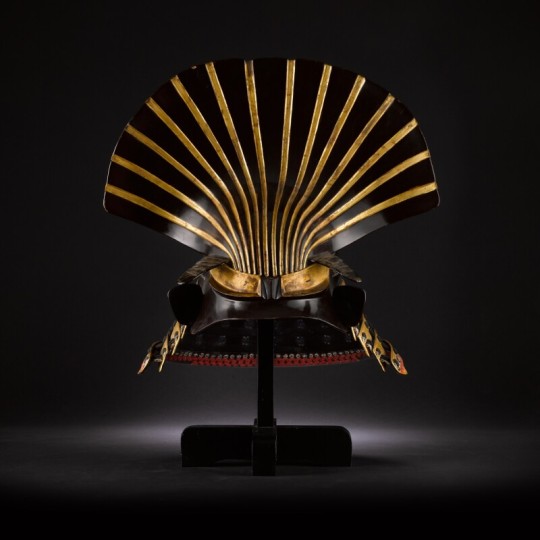
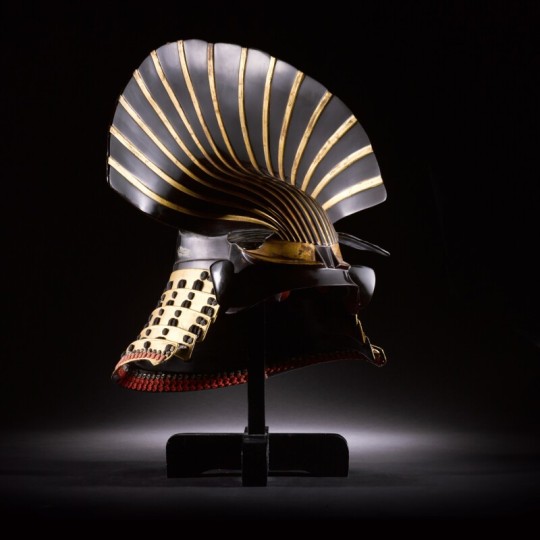
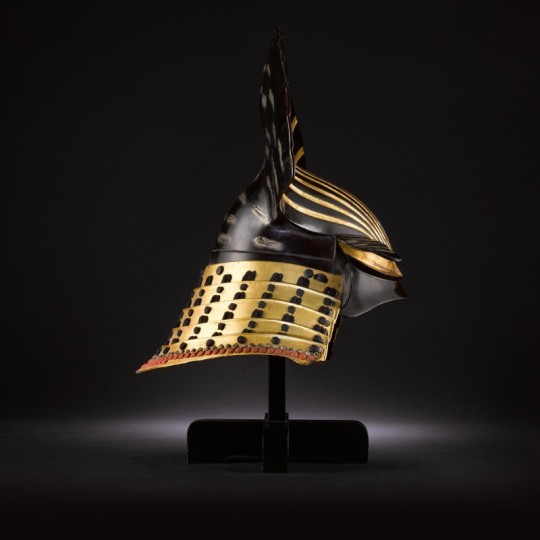
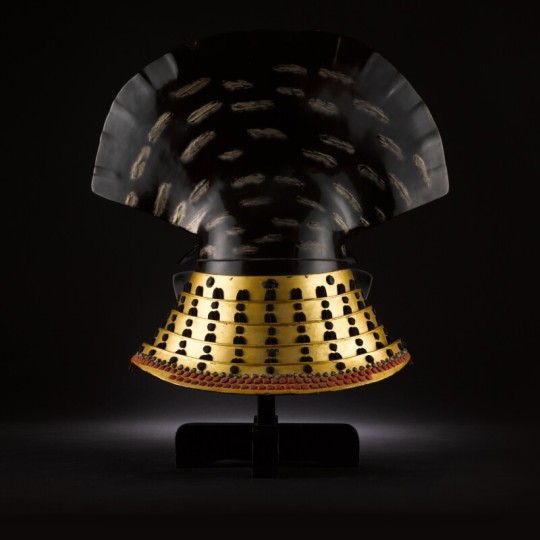
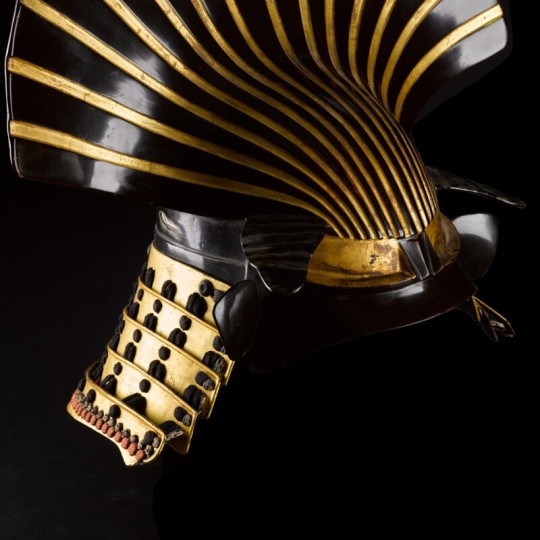
A rare and impressive kawari kabuto [eccentrically-shaped helmet] Edo period, 17th century
#A rare and impressive kawari kabuto#Edo period#17th century#samurai#helmet#ancient artifacts#history#history news#ancient japan#japanese history#japanese art
109 notes
·
View notes
Text


Robe (Kosode)
Early 17th Century
This sumptuous robe is among the earliest extant kosode (garment with small sleeve openings). The natural scenery of Japan’s coast, with its beaches strewn with shells and sea grass, inspired the delicate embroidered design. The foundation fabric, woven in an intricate key-fret pattern with floral motifs, was likely imported from China in its white, undecorated state. It was then resist dyed to achieve the effect of irregular sandbanks, and the marine motifs were embroidered on top. The alternating bands of light blue were further embellished with gold-leaf accents.
The MET
#robe#kosode#fashion history#japanese fashion#non western fashion#historical fashion#17th century#off white#japan#embroidery#edo period#edo era#1600s#1610s#1620s#1630s#the met
314 notes
·
View notes
Text


Pocket globe made by printer and lexicographer Joseph Moxon in 1679. Only three inches in diameter, the globe, in addition to portraying the known world at the time, charts the routes of explorers Francis Drake and Thomas Cavendish. Some notable deviations from today's maps include portraying California as an island, and simply leaving half of Australia blank.
The British Library's webpage on the globe features a fully rotatable 3D model!
316 notes
·
View notes
Text

Title: Sage and Attendants Enjoying Chrysanthemums by a Stream Artist: Kanō Tansetsu (Japanese, 1655-1714) Date: ca. 1683 (Edo period) Genre: genre art Medium: album leaf; ink, color, and gold on silk Dimensions: 26.8 cm (11 in) high x 43.0 cm (17 in) wide Location: Arthur M. Sackler Museum (Harvard Art Museums), Cambridge, MA
#art#art history#Asian art#Japan#Japanese art#East Asia#East Asian art#Kanō Tansetsu#genre painting#genre art#album leaf#Edo period#17th century art#Arthur M. Sackler Museum
23 notes
·
View notes
Text
MEDIEVAL HELMET TOURNAMENT!
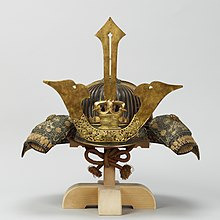
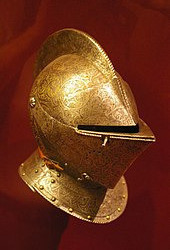
The Kabuto is a type of helmet used by Japanese warriors, later becoming an important part of the traditional Japanese armor worn by the samurai class. The one featured in the image is from the 15th century.
The Close Helmet was worn by knights in the late medieval era. Being a fully enclosing helmet with a pivoting visor. They were a popular choice for cavalry on the battlefield, along with a good pick for jousts.
#medieval#medieval helmets#polls#poll#tournament#history#armour#armor#medieval helmet#15th century#samurai#medieval europe#medieval japan#16th century#17th century#renaissance era#jousting#knight#helmet#Medieval Posting
163 notes
·
View notes
Text

Ogura hyakunin isshu (One hundred poets, one hundred poems). 1680.
"This illustrated book of Ogura hyakunin isshu (One hundred poets, one hundred poems) is a collection of one hundred 31-syllable classical Japanese poems (waka), each by a different poet. The collection is organized chronologically from Emperor Tenji (626-671) to Emperor Juntoku (1197-1242). Each of the poets is depicted by a woodblock print created by Hishikawa Moronobu (1618-circa 1694). Morobonu is often considered the first Ukiyo-e artist." Library of Congress
LOC
65 notes
·
View notes
Text
















Katsura Rikyū (Katsura Imperial Villa), Kyoto, Japan,
Built in the 17th Century for Prince Hachijō Toshihito
#art#design#architecture#interiors#iconic architecture#nature#imperial#gardens#landscaping#temple#rikyu#japan#kyoto#katsura rikyu#17th century#zen
27 notes
·
View notes
Text

regressor! mizu is so so special to me,,, ˚ʚ♡ɞ˚ something about vengeful characters makes me wanna take care of them so bad,,,

#i initially wanted to make it accurate to 17th century japan but for now its modernized#regressor! mizu#mizu blue eye samurai#blue eye samurai#blue eye samurai agere#bes mizu#bes#fandom agere#sfw agere#age regression#agere#sfw agere blog#sfw age regression blog#agere moodboard#sfw agere moodboard#ember creates
50 notes
·
View notes
Text
if anyone wants to write Usagi fics but has no idea about Japanese food pre modern times, I’m doing some research and found several sites worth mentioning.
#fern.uy#usagi yojimbo#I’m gonna look further into this but since the comics take place in early 17th century Japan it’s safe to say many of the foods we are#at least familiar with nowadays came from that time period or at the very least their modern cousins developed from there#I find this topic relevant to my interests as a foodie traveller
72 notes
·
View notes
Text

Benkan of Emperor Kōmei (reigned 1846 - 1867)
#japan#japanese culture#japanese history#tama no koburi#benkan#edo period#edo era#17th century#history#crown
9 notes
·
View notes
Text

maki-e - small multi-tiered box (with autumn grass), Edo period,17th century, Japan
#dianthus#pinks#fringed pink#seven autumn grass#nadeshiko#japan art#japanese art#utility art#17th century art
12 notes
·
View notes
Text

Ewer (Suichu) with Cherry Blossoms and Picnic Curtain
Japan
early 17th century
#japanese art#japanese crafts#japanese ceramics#ceramics#17th century art#japan#japanese culture#japanese aesthetic#asian art#asian ceramics#asian aesthetic#aesthetic#beauty#pottery#japanese pottery#modern art#art history#aesthetictumblr#tumblraesthetic#japanese beauty#tumblrpic#tumblrpictures#tumblr art#tumblrstyle#artists on tumblr
53 notes
·
View notes
Text
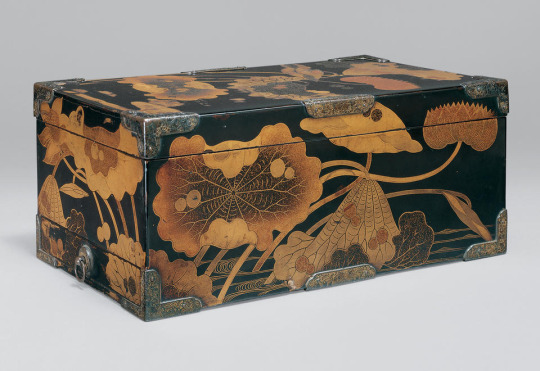
Sutra Box (Kyōbako) with Lotus Pond
Edo period (1615–1868)
early 17th century, Japan
Lacquered wood with gold togidashi maki-e, hiramaki-e, and e-nashiji (“pear-skin picture”)
SOURCE: The Met
11 notes
·
View notes
Text

Rabbit, Wave, and Full Moon, Kano Tsunenobu, ca. 1683
#Lunar New Year#Year of the Rabbit#art#art history#Asian art#Japan#Japanese art#Kano Tsunenobu#animals in art#rabbit#rabbits#Edo period#17th century art#album leaf#ink color and gold on silk#East Asia#East Asian art#Harvard Art Museums#Arthur M. Sackler Museum
421 notes
·
View notes
Text
Watching a documentary on the Imjin War, where a historian claimed that the Japanese possessed, at the time, the strongest military in the world. I mentally shouted “Weeb!” at my screen and made a mental list of “countries” that would have given the Japanese a run for their money… in no certain order:
Hapsburg Spain
Hapsburg Austria
Bourbon France
The Dutch
The Ottomans
The Safavids
The Mughals
And to be completely honest the Japanese never conquered Korea, and while the Ming were in decline, the Manchus that followed them were the dominant military power in China till the 19th Century… feel free to add to this list.
#history#the early modern european military revolution#early modern europe#premodern Japan#17th century#sengoku jidai#fucking weebs#weebshit
3 notes
·
View notes